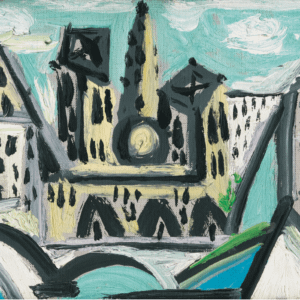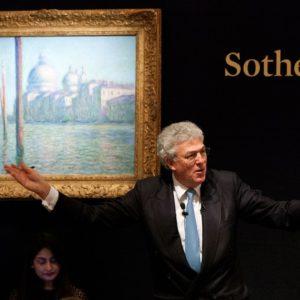Art & Decor Trends
Art Reflections
Ekphrasis: How Poetry Responds To Artwork
Ekphrasis means vivid “description” in Greek and is the oldest Western literary form primarily used to write about art or a scene. It can be imaginary or as literal seeming as the writer chooses. Only the imagination is the limit in the conversation between writer and art.
 This poetic form didn’t originally focus on artwork–It was also used when one writer “imitated” another or continued and embellished on a description… Perhaps so much that this is how we gain our literary tropes. We have Homer who wrote lyrically about how the blacksmith god forged the famous Shield of Achilles. “Homer’s description of Achilles’s shield was later imitated by Hesiod in his description of Heracles’s shield, by Virgil describing Aeneas’s shield, and by Nonnus describing Dionysus’s shield. In the twentieth century, W. H. Auden re-envisioned Homer’s story in his poem “The Shield of Achilles,” replacing Hephasestus’s grand images with apocalyptic ones: barbed wire and bare fields, rape and murder, bureaucrats and sentries,” according to Poets.org. Auden’s poem is a great example of the transitional history of the ekphrasis form. There are other authors which have penned poetic responses to master artworks and regional artworks.
This poetic form didn’t originally focus on artwork–It was also used when one writer “imitated” another or continued and embellished on a description… Perhaps so much that this is how we gain our literary tropes. We have Homer who wrote lyrically about how the blacksmith god forged the famous Shield of Achilles. “Homer’s description of Achilles’s shield was later imitated by Hesiod in his description of Heracles’s shield, by Virgil describing Aeneas’s shield, and by Nonnus describing Dionysus’s shield. In the twentieth century, W. H. Auden re-envisioned Homer’s story in his poem “The Shield of Achilles,” replacing Hephasestus’s grand images with apocalyptic ones: barbed wire and bare fields, rape and murder, bureaucrats and sentries,” according to Poets.org. Auden’s poem is a great example of the transitional history of the ekphrasis form. There are other authors which have penned poetic responses to master artworks and regional artworks.
Poet Martha Ronk Responds To Henri Matisse’s Woman with a Hat
Why knowing is (& Matisse’s Woman with a Hat)
by Martha Ronk
Why knowing is a quality out of fashion and no one can decide to
but slips into it or ends up with a painting one has never
seen that quality of light before even before having seen it
in between pages of another book and not remembering who knows
or recognizing the questionable quality of light on her face
as she sits for a portrait and isn’t allowed to move an inch
you recognize the red silk flower on her hat
and can almost place where you have seen that gray descending
through the light reversing foreground and background
as the directions escape one as the way you have to
live with anyone as she gets up finally from her chair
having written the whole of it in her head as the question
ignored for the hundredth time as a quality of knowing is
oddly resuscitated from a decade prior to this.
How would you describe this painting if writing a literary piece? The idea of ekphrasis is to respond to art, no matter the point of view. The author can be the subject or observe the subject. The author can even take the place of the artist responding to the rendering of his or muse as the portrait is being worked upon. Poetry, for many, is about the experience of a moment and seems to capture the raw essence of that moment in a way that many other forms of literary works cannot; of course, other literary forms are not without their own merits and specializations. An art critic, particularly, often has the luxury of poetic expression as the mood of a work inspires. Claude Monet lot notes at Christie’s describe such an example:
Hippolyte Taine, the polymath and critic, has left a contemporary description of the atmosphere over the Thames:
[The river is] enveloped in a fog of smoke irradiated by light. The sun turns it to golden rain and the water, opaque, shot with yellow, green and purple, gleams and glitters as its surface lifts and falls, with strange and brilliant lights. The atmosphere seems like the heavy, steamy air of a great hot-house… Everything is transformed, violently changed, from the earth and man himself, to the very light and air. “(Quoted in ibid., p. 39)
This description could serve as an exphrasis of one of Monet’s pictures. In depicting such effects, Monet sought to extend the range of his earlier series. Even more than the views of Rouen Cathedral, the pictures of the Thames describe fleeting shifts of light and atmosphere, color and reflection–a Fata Morgana of ephemera.
Ekphrasis is said to have flourished in the Pre-Raphelite era of art history and found its place within modern aesthetic movements. Art history is riddled with many movements intertwining art and literature in response to the ideals at the time of expression, such as Romanticism. Art and literature, it seems, make the best lovers.
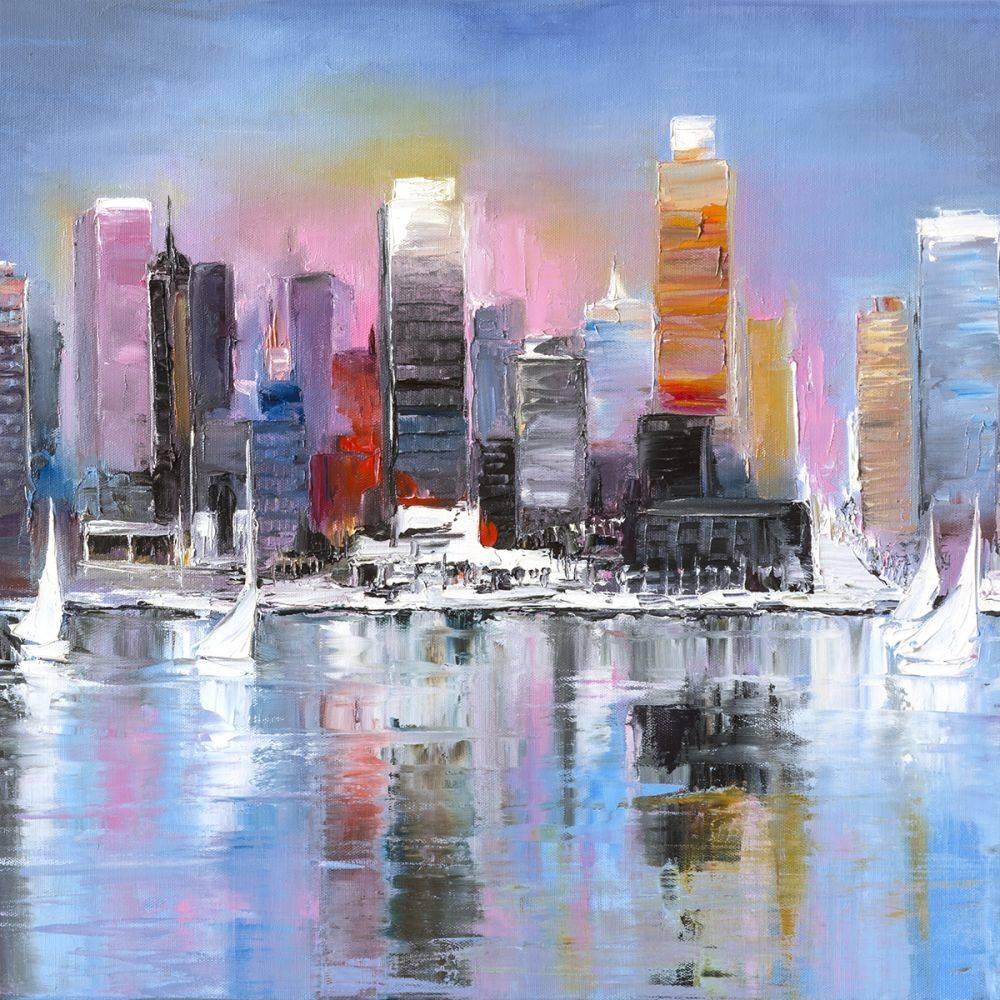
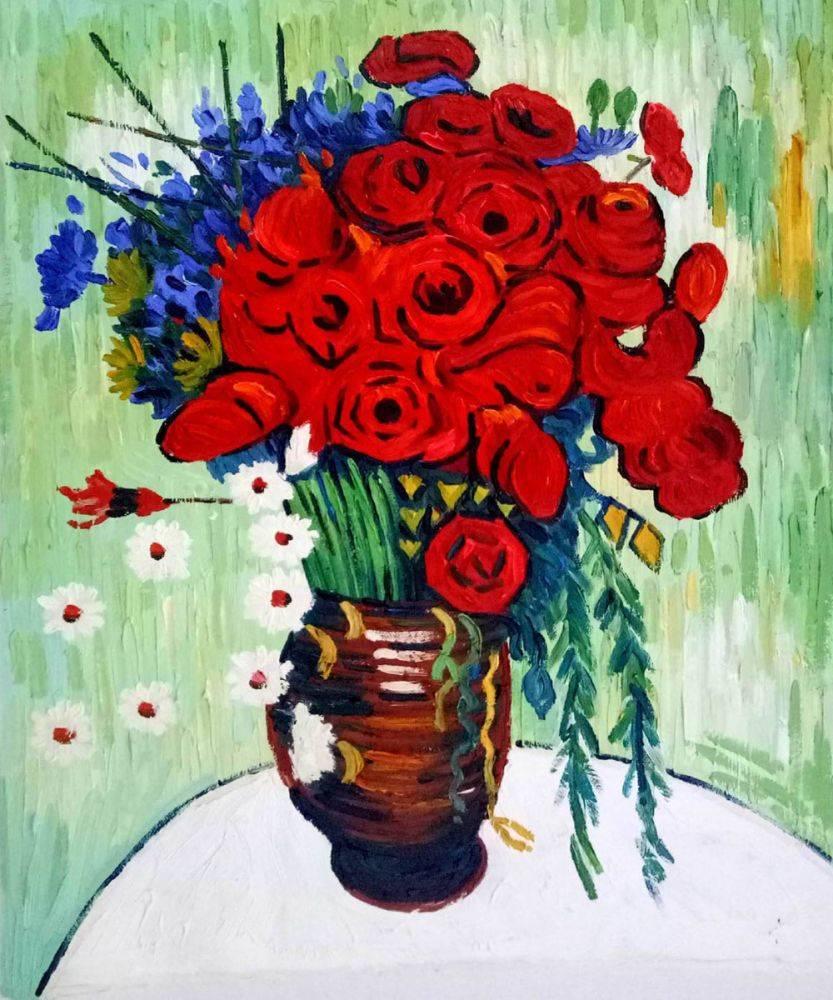
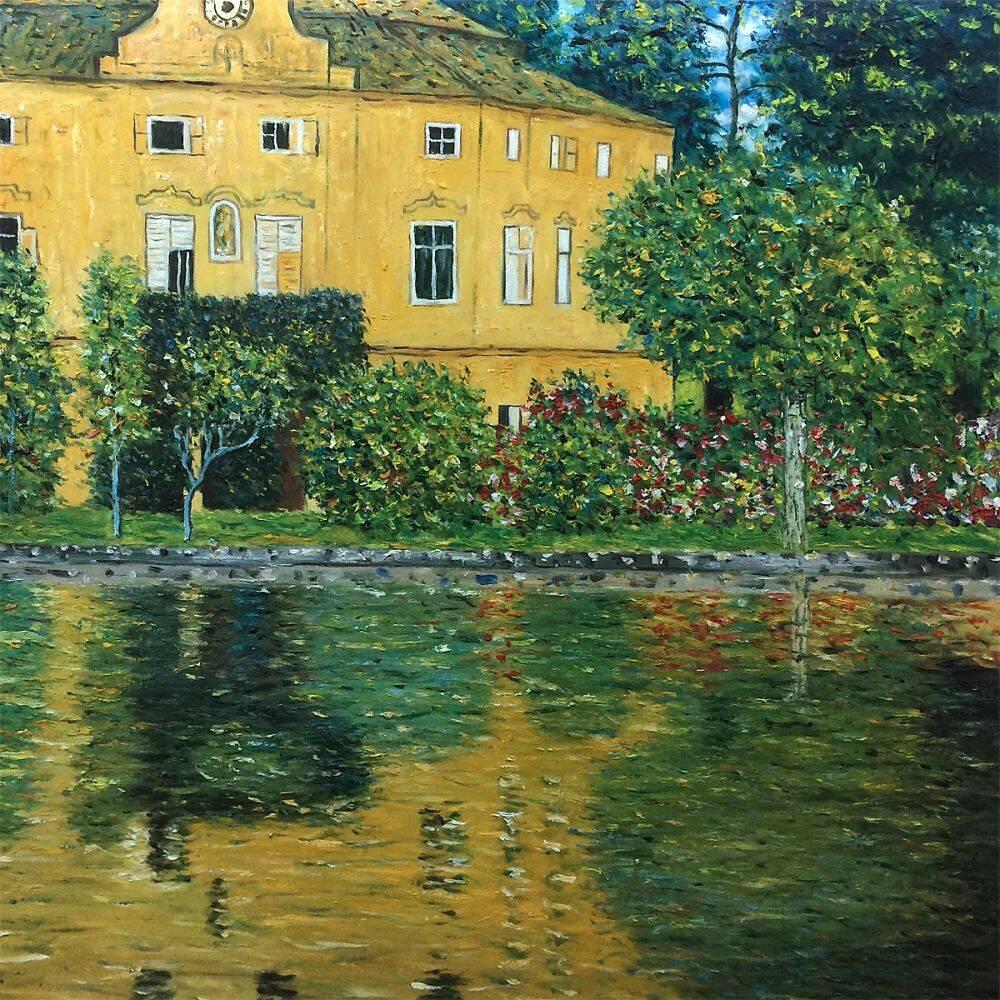
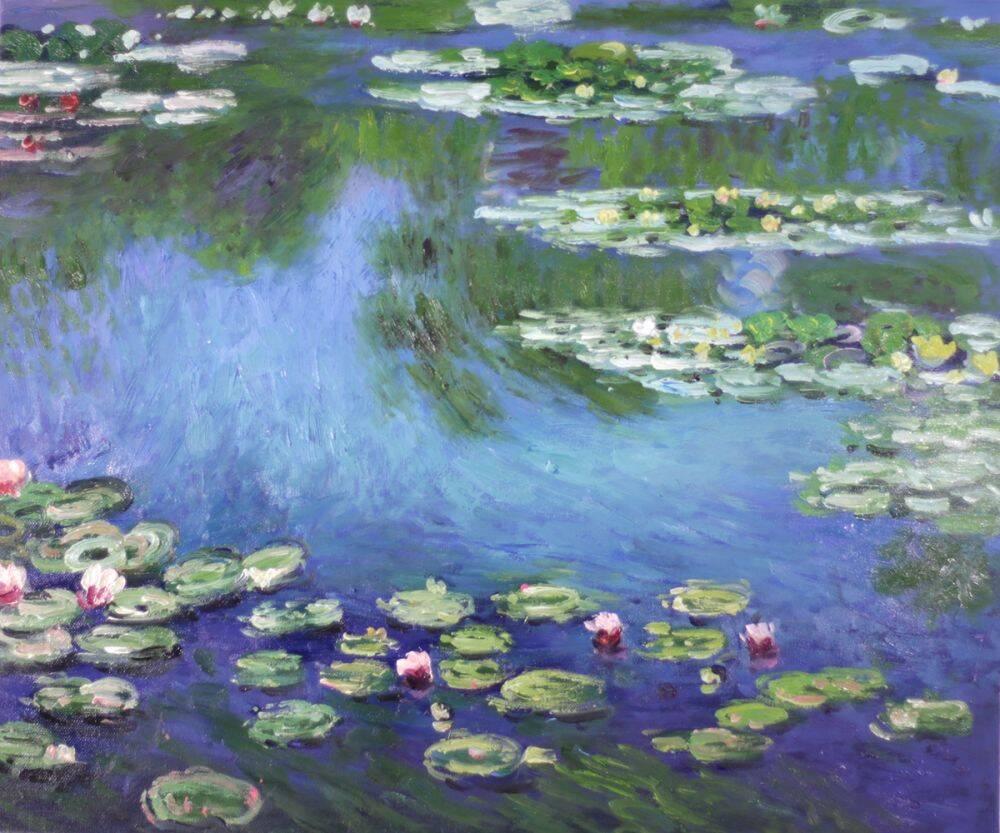

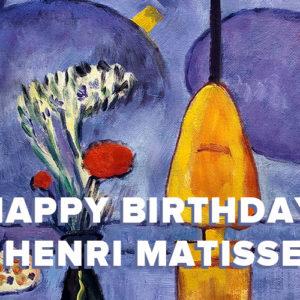
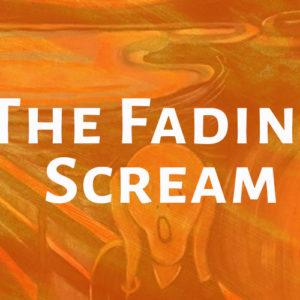
![Take a Tour of Paris Through the Eyes of its Greatest Artists [Infographic]](https://cdn.overstockart.com/blog/wp-content/uploads/2016/06/Paris-in-Paintings-300x300.jpg)
